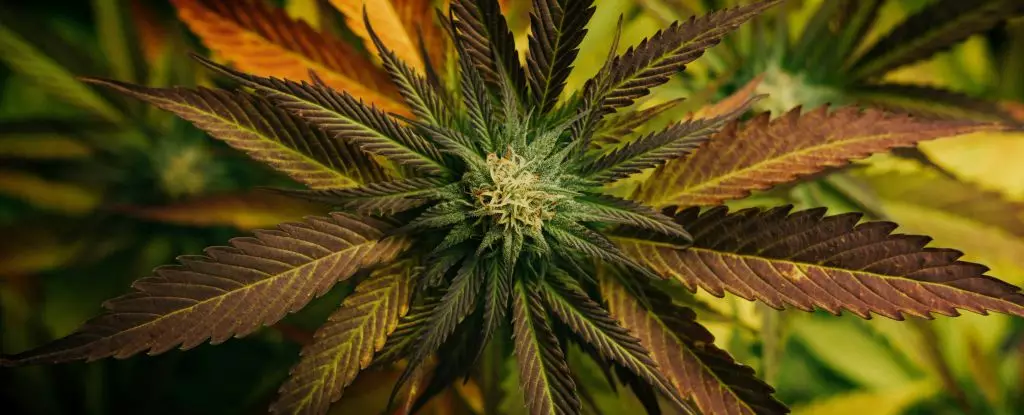In an age where microbial resistance is becoming an alarming reality, the simplistically profound relationship between plants and human health warrants renewed exploration. The discovery that cannabis compounds could potentially combat one of the most dangerous fungal pathogens, Cryptococcus neoformans, ignites a fascinating dialogue on integrating natural remedies into modern medicine. This fungus is notorious for its association with severe neurological conditions such as cryptococcosis and meningitis, which can escalate to life-threatening situations. The research conducted by scientists, notably biologist Hue Dinh from Macquarie University, underscores a critical shift in treatment paradigms, investigating how cannabis compounds could offer new avenues for therapeutic interventions.
The Botanical Breakthrough
The lifecycle of Cryptococcus neoformans presents severe treatment challenges, driven by high mortality rates and a complex treatment landscape. Traditional antifungal treatments struggle to keep pace with the continuous evolution of microbial resistance. This scenario has propelled researchers to seek innovative solutions, turning their attention toward compounds from the Cannabis sativa plant. Among the five compounds studied, cannabidiol (CBD) and cannabidivarin (CBDV) emerged as powerful agents, demonstrating remarkable efficacy in laboratory settings against this insidious pathogen. What is particularly striking is how these compounds not only outperformed existing antifungals in terms of speed but also potency.
Mechanisms of Action
The research offers insight into the complex mechanisms by which CBD and CBDV disrupt the fungal cell’s integrity. Proteomic analyses examined how these compounds affected the fungus’ cellular processes, leading to membrane destabilization and disruption of critical metabolic pathways. Such detailed examinations reveal a multifaceted approach rather than a singular method of action. This discovery highlights cannabis not only as a therapeutic tool but as a potential game-changer in our broader arsenal against fungal infections. With approximately 300 fungal species causing human diseases, this research couldn’t arrive at a more pivotal time.
The Galleria Experiment
Transforming laboratory discoveries into real-world applications requires rigorous testing. Here, the Galleria mellonella, or greater wax moth larvae, become an invaluable model organism due to their similarity to mammalian immune responses. When subjected to injury, these larvae provided a compelling platform to evaluate the actual efficacy of topical CBD treatments. The comparative analysis, including groups treated with amphotericin B—the gold standard for severe fungal infections—revealed astounding survival rates for those receiving CBD treatments. This pivotal finding is crucial, suggesting the applicability of CBD in real-world situations outside of a controlled laboratory environment.
Broader Implications for Fungal Infections
The implications of these findings reach far beyond the specified fungi. If CBD proves effective in managing a spectrum of fungal pathogens, the impact on public health could be transformative. Conditions ranging from athlete’s foot to jock itch could see novel treatment strategies emerging from these revelations. As we grapple with increasing drug resistance, the potential for utilizing CBD as a topical treatment signifies a shift towards harnessing natural compounds and integrating them into traditional medical frameworks.
Future Directions and Considerations
The promise encapsulated in these findings invites a future rich with potential studies and clinical applications. While the evidence is compelling, extensive trials are essential before establishing definitive safety and efficacy standards for human use. Also, further exploration into dosing, delivery methods, and long-term effects must be conducted to ensure optimal outcomes. As public perception continues to evolve regarding cannabis use in medicinal settings, orchestrating a robust dialogue among scientists, healthcare providers, and policymakers will be critical. Embracing this multifaceted plant could pave the way for a more holistic, effective approach to combat fungal infections.
In essence, the interplay of botanical compounds such as CBD in fighting pathogens like Cryptococcus neoformans signals a vibrant frontier in medicinal research. It reaffirms that nature might hold solutions to some of modern medicine’s most stubborn challenges, potentially saving countless lives in the process.

